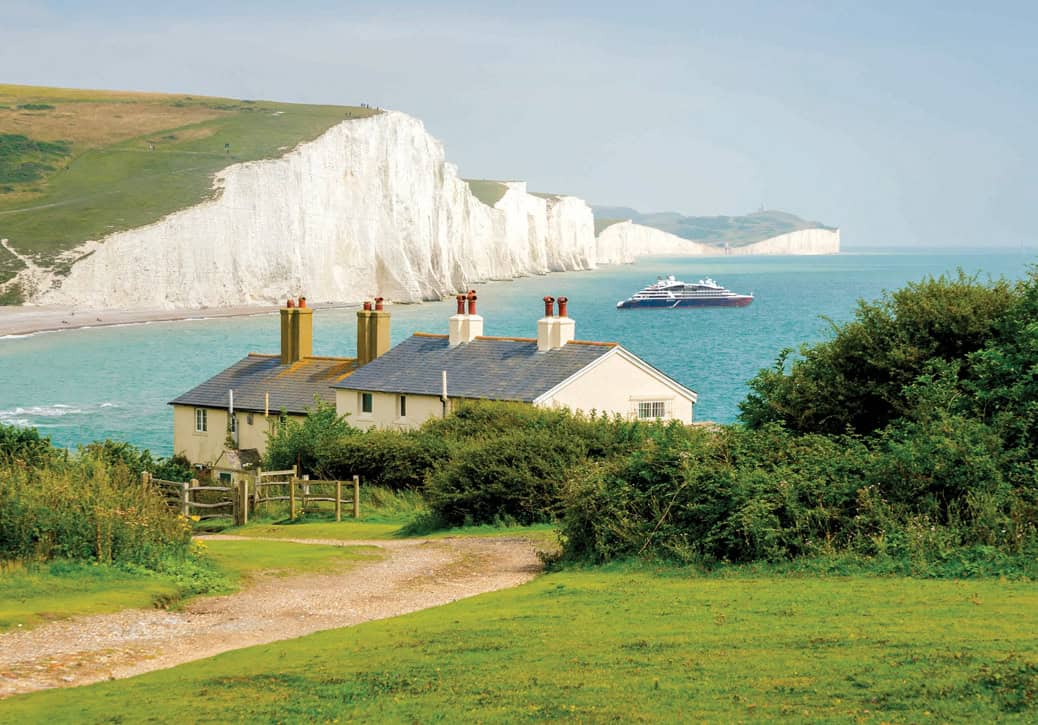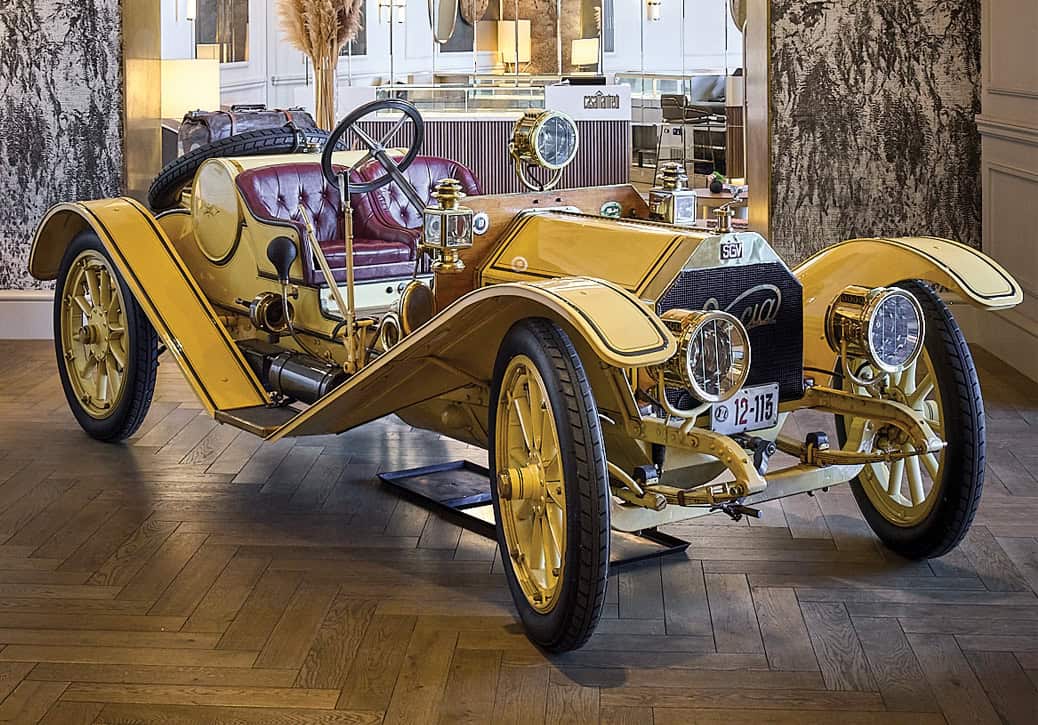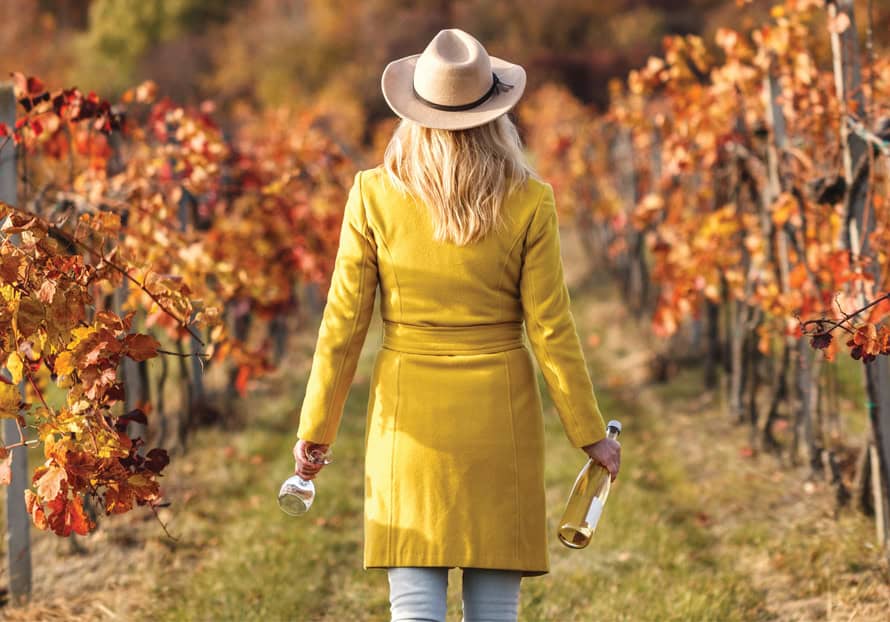While the creature comforts, cuisine and equipment can’t be compared to what Jules might have experienced during his arduous crossings, back in the early1800’s, the sense of adventure, curiosity and joy that comes with expedition cruising remains the same.

Small ship cruising
Hosting 92 well-appointed staterooms, the unique Blue Eye underwater lounge, a yacht spa and sauna, and the latest technologies to limit our journey’s environmental impacts, Le Dumont-d’Urville is as elegant as she is graceful. While we’re on a French boat, the on-board language is English, with officers and crew from around the world. However, fear not, the food is definitely French. Ponant’s repeat cruisers tell us they come back for the small intimate boat, the cuisine and the camaraderie of the staff and other guests.

This Ponant cruise is called a “Celtic Voyage: The Hebrides and the Irish Sea”. In partnership with Smithsonian Journey’s the passage takes us from London Bridge to Glasgow for 9 days and 8 nights with stops in Dover, Cowes, Isles of Sicily, Kinsale, Holyhead Belfast, Iona and Tobermory. Two onboard Smithsonian guides, give afternoon talks which are both context setting and relevant to what we were seeing on tour each day.
From Island to island
Despite gloomy weather, which can be expected in these parts, (the Welsh have more that 20 words for the different types of rain), we join intrepid cruisers, mostly Americans who don’t speak a word of French, as we take in sites like White cliffs of Dover, Canterbury Cathedral, Kinsale lighthouse and the Isle of Wight.

Located about 30 miles off the coast of Cornwall, the isles of Scilly are designated as an “Area of Outstanding Natural Beauty”. Consisting of a cluster of low-lying islands, only 5 of which are inhabited, the islands boast rugged coastlines and clear waters making them a haven for wildlife. Its easy to spot gannets, cormorants, shearwaters and even Atlantic gray seals, Mid-April is a magical time when the puffins return to breed here.
Tresco Abbey Gardens—an incredible botanical paradise in the ruins of a Benedictine priory founded by a wealthy banker Augustus Smith, the gardens are home to an impressive collection of 20,000 plant species as well as one of Britain’s most endangered species, the red squirrel.

Definitely possible
While often telling us in traditional French rule abiding way that “it’s not possible”, we quickly discovered that with a little push, whatever we asked for certainly could be made possible. From dinner with our Smithsonian guides to arranging for larger table groupings so that “like minders” could eat dinner together, to smoothly run small excursions and lectures, the possibilities were well curated and most enjoyable. Vive Ponant!
Caroline Tapp-McDougall








